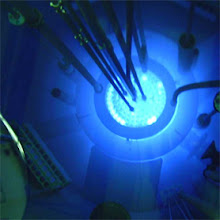Slide Rule
I found an old slide rule - what a fascinating piece of equipment. They can be very precise, but not nearly as accurate as a computer, but when you're dealing with tolerances within a certain factor, it doesn't matter. So I looked up some sites on how to use it, and discovered a few. I am thinking of incorporating this into my artwork, using maybe my symbols - the symbols as "logarithmic representations of energies" or "logarithmic representations of metaphysical states."
One idea I will take on very quickly is creating a flash version of a slide rule, then I can mess with replacing the number fonts with some of my characters. I think the initial mathematical phobia that people feel would quickly dissipate if they start to make correlations between different characters in unconventional ways. This could also present a unique way of displaying information from external interfaces.
I found an old slide rule - what a fascinating piece of equipment. They can be very precise, but not nearly as accurate as a computer, but when you're dealing with tolerances within a certain factor, it doesn't matter. So I looked up some sites on how to use it, and discovered a few. I am thinking of incorporating this into my artwork, using maybe my symbols - the symbols as "logarithmic representations of energies" or "logarithmic representations of metaphysical states."
One idea I will take on very quickly is creating a flash version of a slide rule, then I can mess with replacing the number fonts with some of my characters. I think the initial mathematical phobia that people feel would quickly dissipate if they start to make correlations between different characters in unconventional ways. This could also present a unique way of displaying information from external interfaces.
